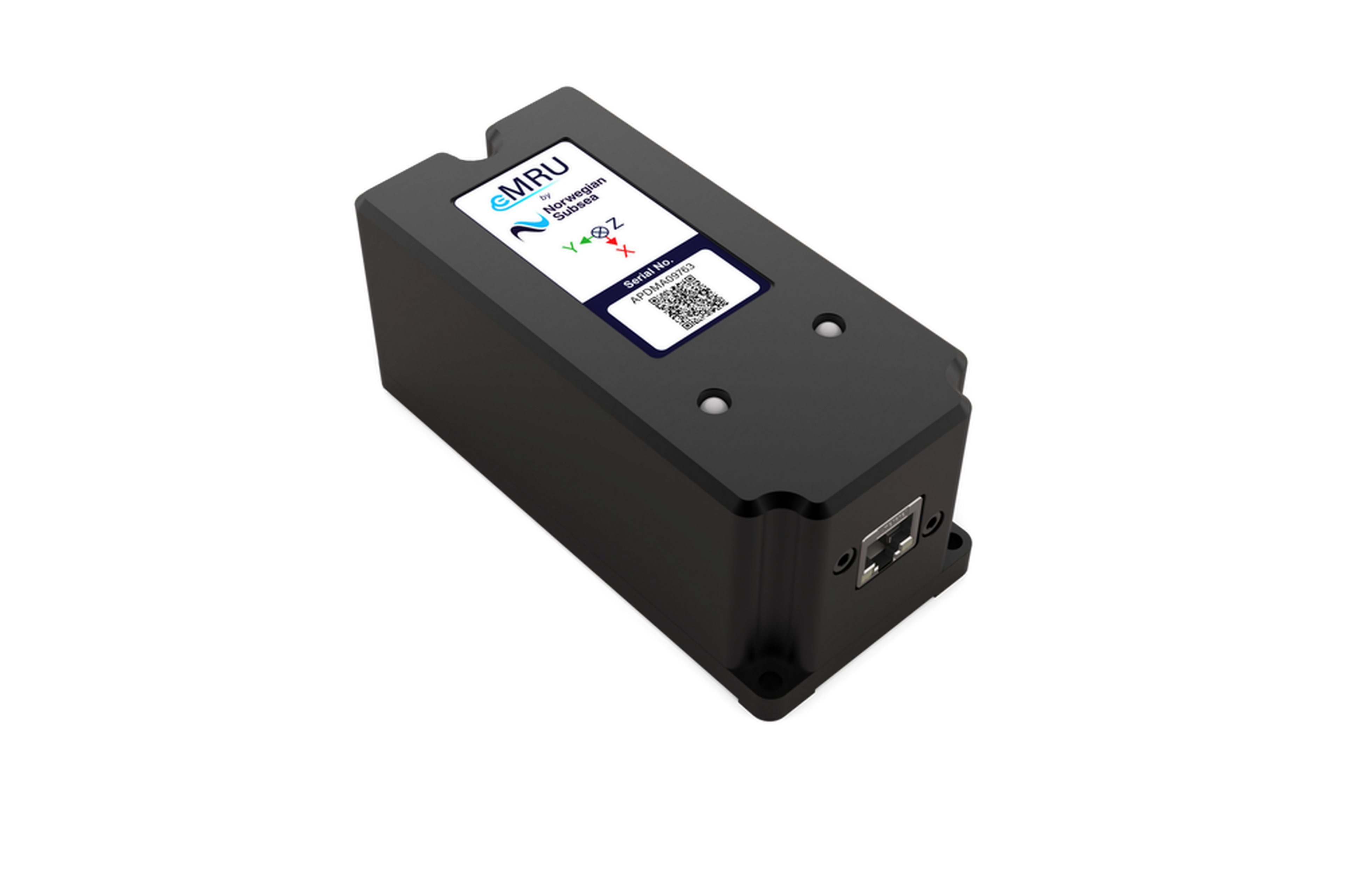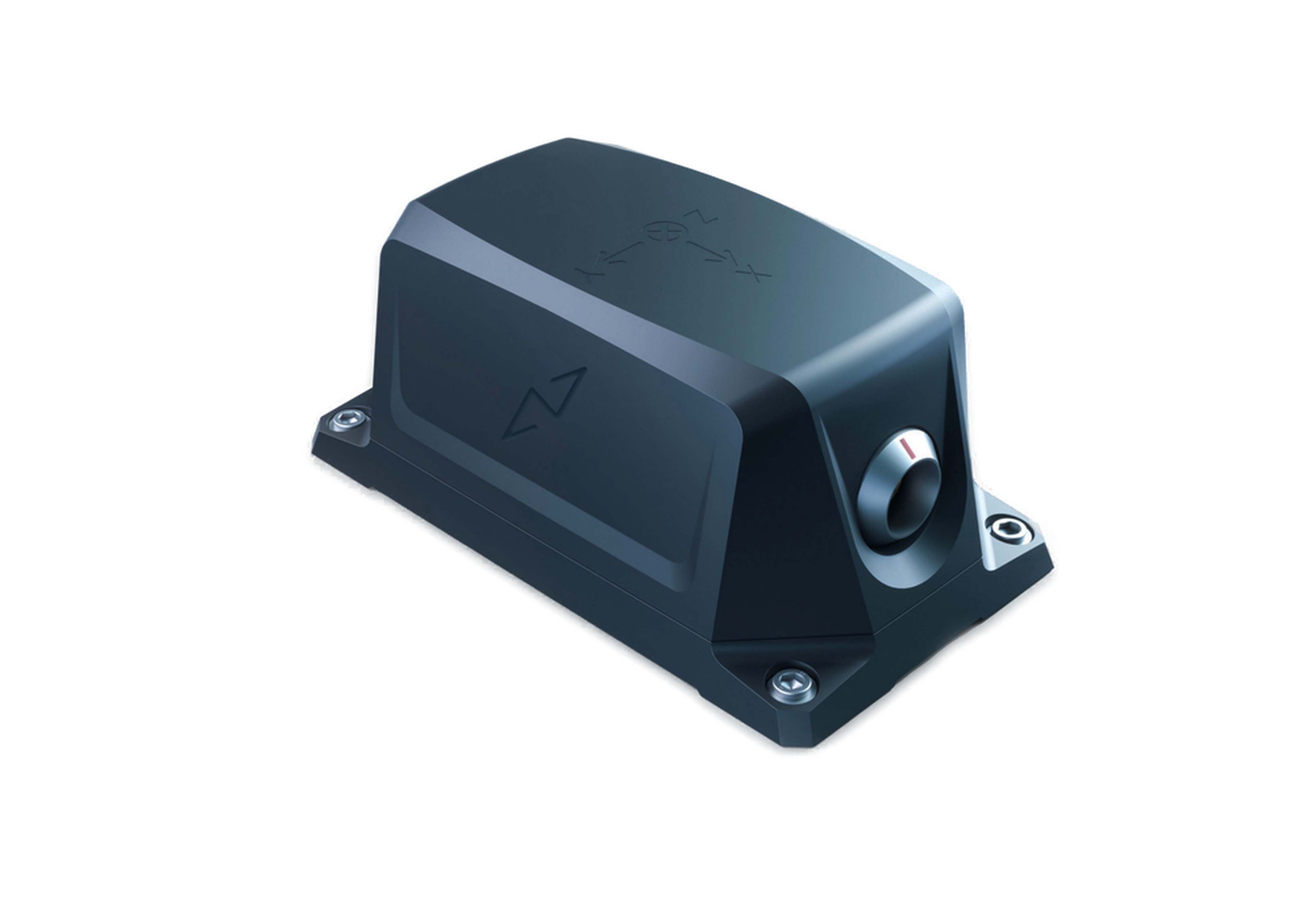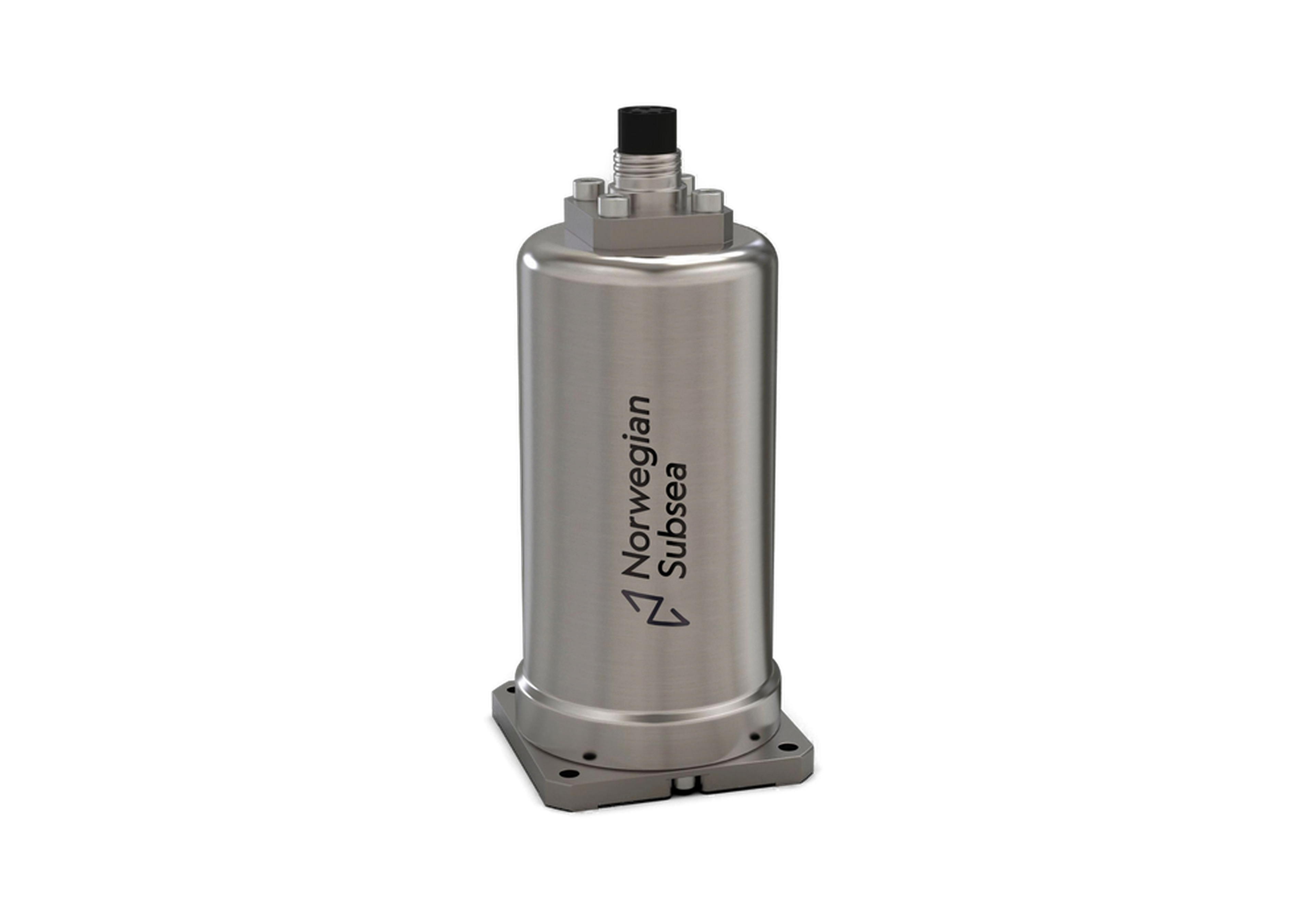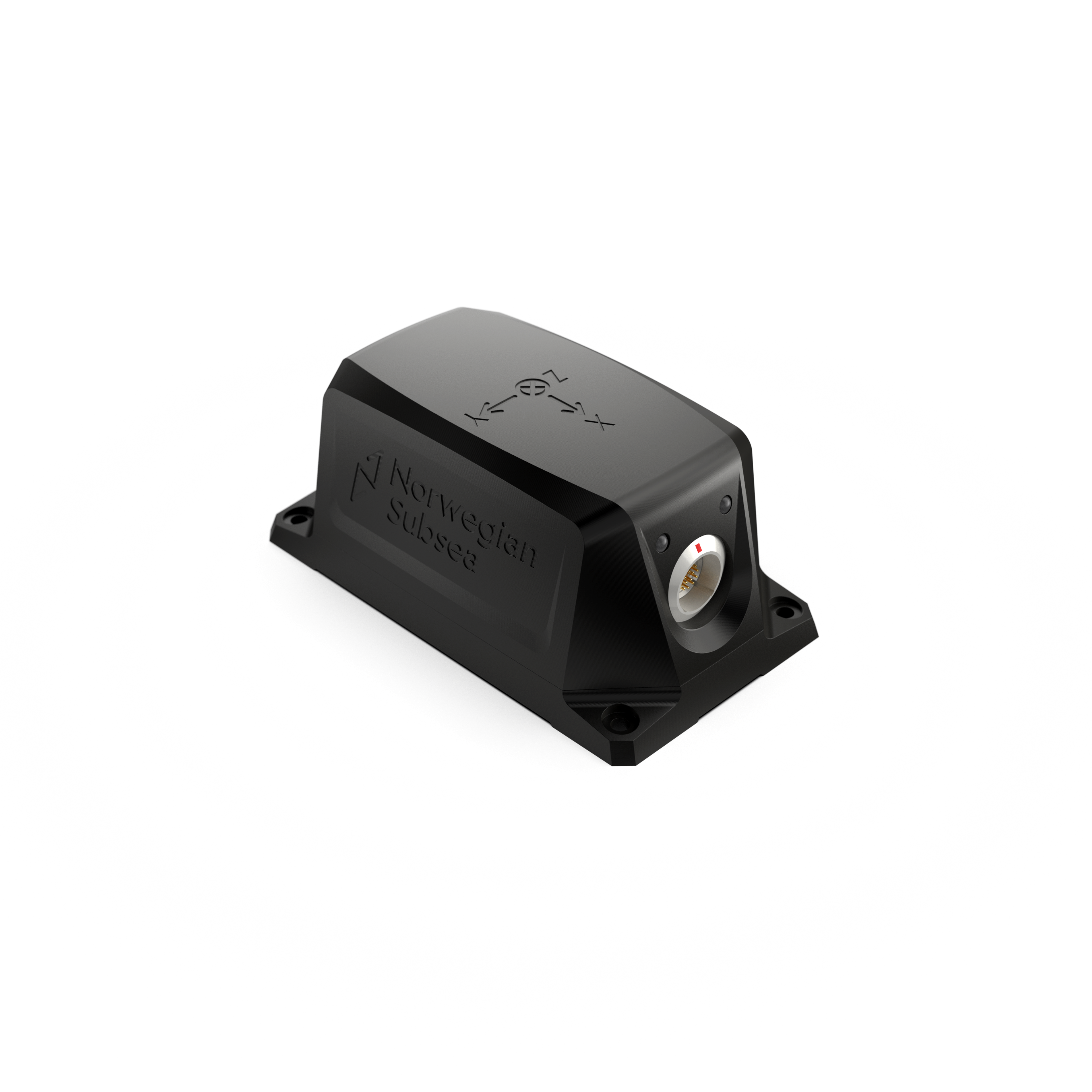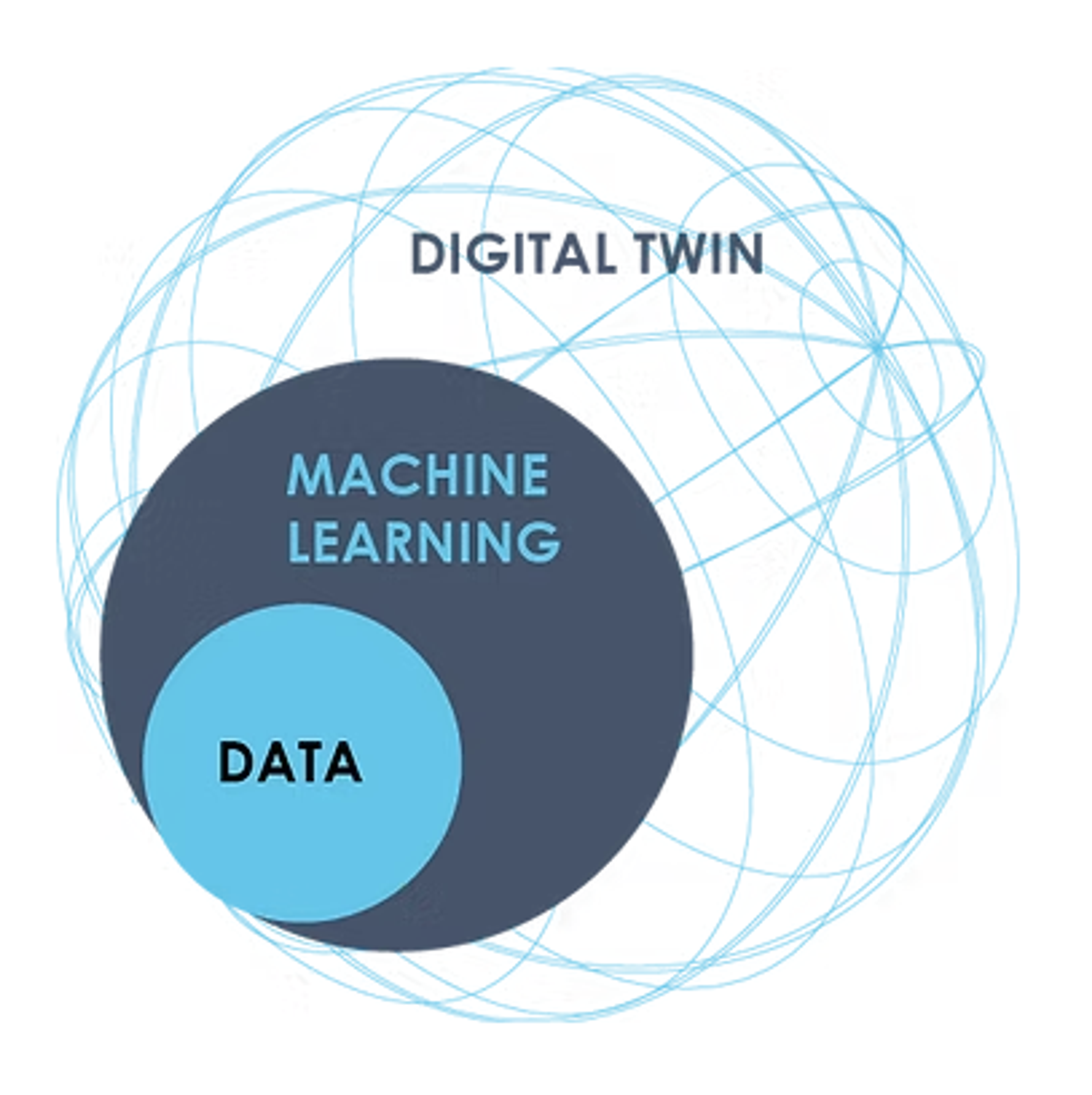What is the difference between an MRU and an IMU?
While both Motion Reference Units (MRUs) and Inertial Measurement Units (IMUs) measure motion, they differ significantly in their processing and output. An IMU typically consists of accelerometers and gyroscopes that provide raw acceleration and angular rate data. IMUs only provide raw data from their sensors and do not include "smart" features such as processing (e.g., Kalman Filter). The IMU cannot provide attitude (roll and pitch), velocity, or position without external processing.
A Norwegian Subsea MRU, on the other hand, is a more sophisticated system. It utilizes data from internal MEMS-based accelerometers and gyroscopes, similar to an IMU, but integrates this data using advanced sensor fusion algorithms. These algorithms process the raw sensor readings to compute and output highly accurate, real-time measurements of orientation (Roll, Pitch, Yaw) and motion (Heave, Surge, Sway) in 6 Degrees of Freedom (6DoF).
Our MRUs are specifically designed, calibrated, and rigorously tested for the demanding conditions of marine, offshore, and subsea environments. They provide stabilized, reliable, and application-ready motion data crucial for tasks like dynamic positioning, heave compensation, hydrographic surveying, and more. Unlike basic IMUs, Norwegian Subsea MRUs deliver processed, high-accuracy motion information tailored for direct use in control and monitoring systems, often without needing recalibration during their operational life.
